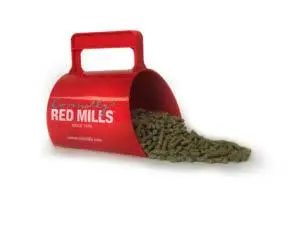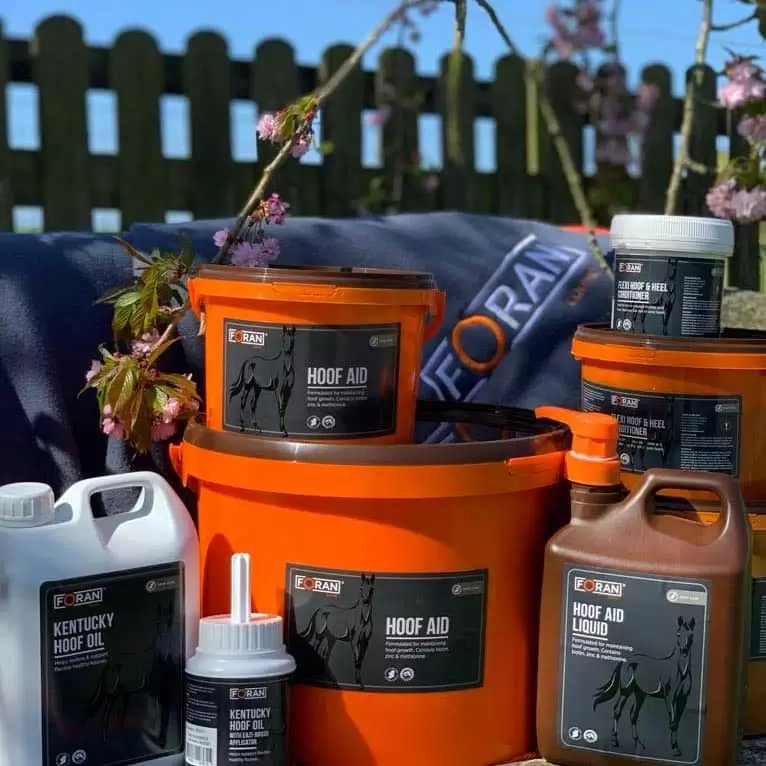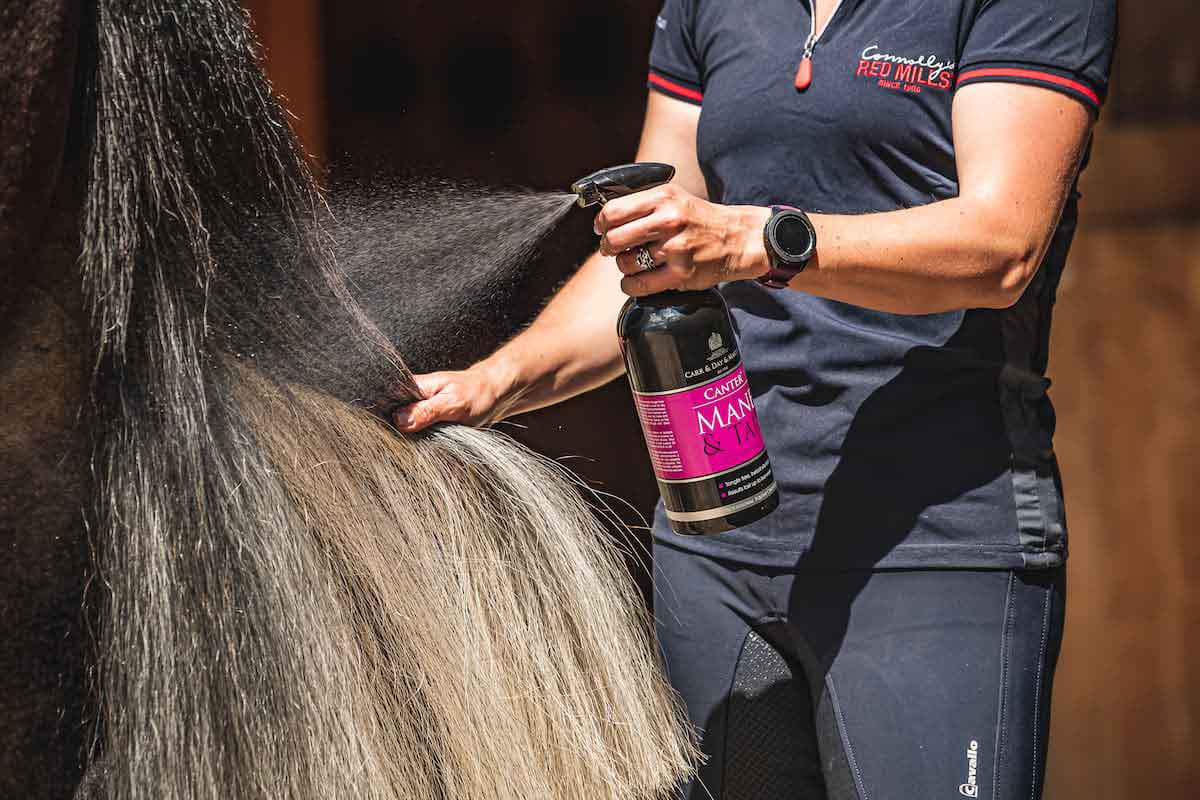Sycamore poisoning: Causes, risks, symptoms and treatment
A poison is a compound that irritates, damages body tissue or alters metabolism. As horses are trickle-feeders and graze for the majority of the time, on rare occasions they can eat something poisonous. Some of the common harmful plants including acorns, sycamore seedlings, yew and ragwort. In this article, we will focus on toxins contained in the seeds and seedlings of the Sycamore Maple.
THE CAUSE
Seeds samaras (figure 1) and seedlings (figure 2) of certain Acer trees, (i.e. maple) including Sycamore Maple in Europe and Negundo Maple in the United States, contain a substance called hypoglycin A. This toxin affects the muscular system and causes a disease called Atypical Myopathy, also known as Atypical Myoglobinuria or Seasonal Pasture Myopathy. This disease affects equines of all species and is linked to particular environmental conditions. Therefore, although not a contagious disease, several horses from the same meadow can be affected simultaneously.


RISK PERIODS
Spring and autumn are the two seasons that are the most dangerous:
- Autumn (approx. 95% of cases): due to the dispersion of ‘helicopter’ seeds on the ground.
- Spring (approx. 5% of cases): due to the germination of seedlings.
The higher incidence of cases during the autumn may be associated with particular weather conditions such as heavy rain and high winds, which can facilitate the spread of sycamore seed as far as 200m from the parent tree.
THE DISEASE
Once ingested, hypoglycin A is metabolised to a toxic compound (MCPA-CoA). This causes a disruption of lipid metabolism and transport. As a result, the cells are then unable to use lipids as an energy substrate, leading to weakening of the body’s muscles, including the skeletal muscle and often the muscle of the heart and diaphragm.

The following clinical signs often appear suddenly
| Colic: Due to bladder distention and respiratory disorders |
| Raised heart rates and breathing difficulties. |
| Congested mucus membranes |
| Difficulties swallowing, although in many cases appetite is unaffected. |
| Dark urine: This is due to ruptured muscles release myoglobin, a dark pigment that is eliminated in the urine causing it to become brown or dark red in colour (figure 3). |
| Hypothermia: In 30% of cases, body temperature is less than 37.5 ° C. |
| Weakness, difficulties standing, trembling and/ or sweating. |
DIAGNOSIS
Diagnosis is based on the clinical signs, plus urine and blood tests; in some cases, a muscle biopsy may also be undertaken. In affected horses, the levels of Creatine Kinase (CK) and Amino Aspartate Transferase (AST) are massively elevated, often in the hundreds of thousands or millions of international units/ ml of blood. In addition, there is a rise in lactic acid and isomers of Acyl Carnitine.
Unfortunately, in up to 75% of cases the condition proves fatal, usually within 72hrs. However, earlier recognition and treatment of the disease has seen survival rates are increasing. Affected horses that are still alive 5 days after first showing signs of the disease are likely to recover completely, although in the initial stages (24-48hrs) the condition usually worsens, before gradually starting to improve.
TREATMENT
Currently there is no known antidote for hypoglycin A. Therefore, treatment essentially comprises of a range of supportive measures and typically includes pain control, plus the administration of fluids to help regulate electrolyte balances, combat dehydration and protect renal function. Supplementation with additional vitamin B2, vitamin E and selenium to help support energy metabolism and fight against oxidative stress is also beneficial.
AVOIDANCE
It is also important to note that not all maples are problematic, so it is essential to learn to recognize those that are. Horse owners should be aware of the presence of sycamore trees in and around their horse’s pastures. Where possible Sycamore trees should be removed. If this is not an option, then completely avoiding grazing certain paddocks during high-risk periods or following periods of adverse weather may be necessary. Where complete avoidance of affected pastures is not possible, every efforts should be made to reduce the risk of horses accessing sycamore seeds (e.g. fencing off areas where seeds and leaves have fallen from trees, or by removing the seeds).
Providing horses with supplementary forage (e.g. hay or haylage) and feeding this off the ground during high-risk periods is recommended and overgrazing should be avoided. Owners should also avoid pasture that have natural water sources such as rivers or streams during high-risk times. If atypical myopathy is suspected, any other horses grazing the same paddock should be removed and assessed by a veterinarian for any early signs of the disease.
CONCLUSION
Atypical Myopathy is a seasonal disease, often fatal disease. It is caused by a toxin called hypoglycin A, contained in the seeds of some trees of the genus “ACER” (Maples), which slows or stops energy production in the postural, respiratory and myocardial muscles. Unfortunately, there is no antidote for this disease so knowledge of risk factors and prevention measures are critical. Any horse showing signs of atypical myopathy should be seen by a veterinarian immediately.
To help us learn more about this disease, its prevention and the effective treatment of affected horses a major surveillance network called the Atypical Myopathy Alert Group (AMAG) has been established
Bibliography
-La myopathie atypique des équidés, Equi-paedia, IFCE, Dr VETION, mai 2018
-Médecine interne ambulatoire Equine Myopathie Atypique, Dr Laureline LECOQ, ACVIM, MedIAE, 2013
-La myopathie atypique : la clé de l’énigme, RESPE, Florence PATARIN, Christel MARCILLAUD PITEL, Dominique M VOTION, janvier 2014
-Bilan clinique, épidémiologique et étiologique de la myopathie atypique du cheval de pré, These, Louise COMBES, juin 2010.







